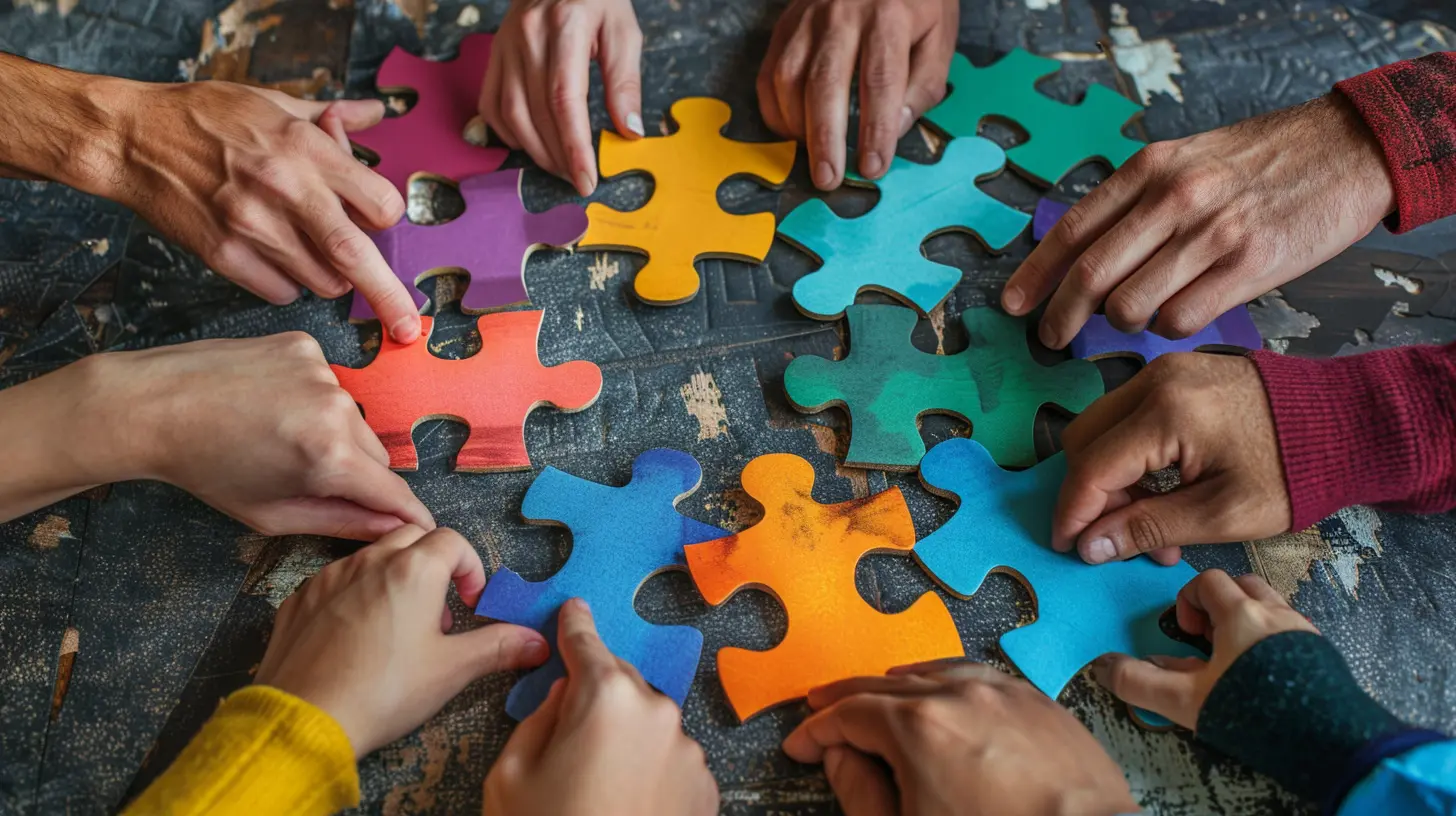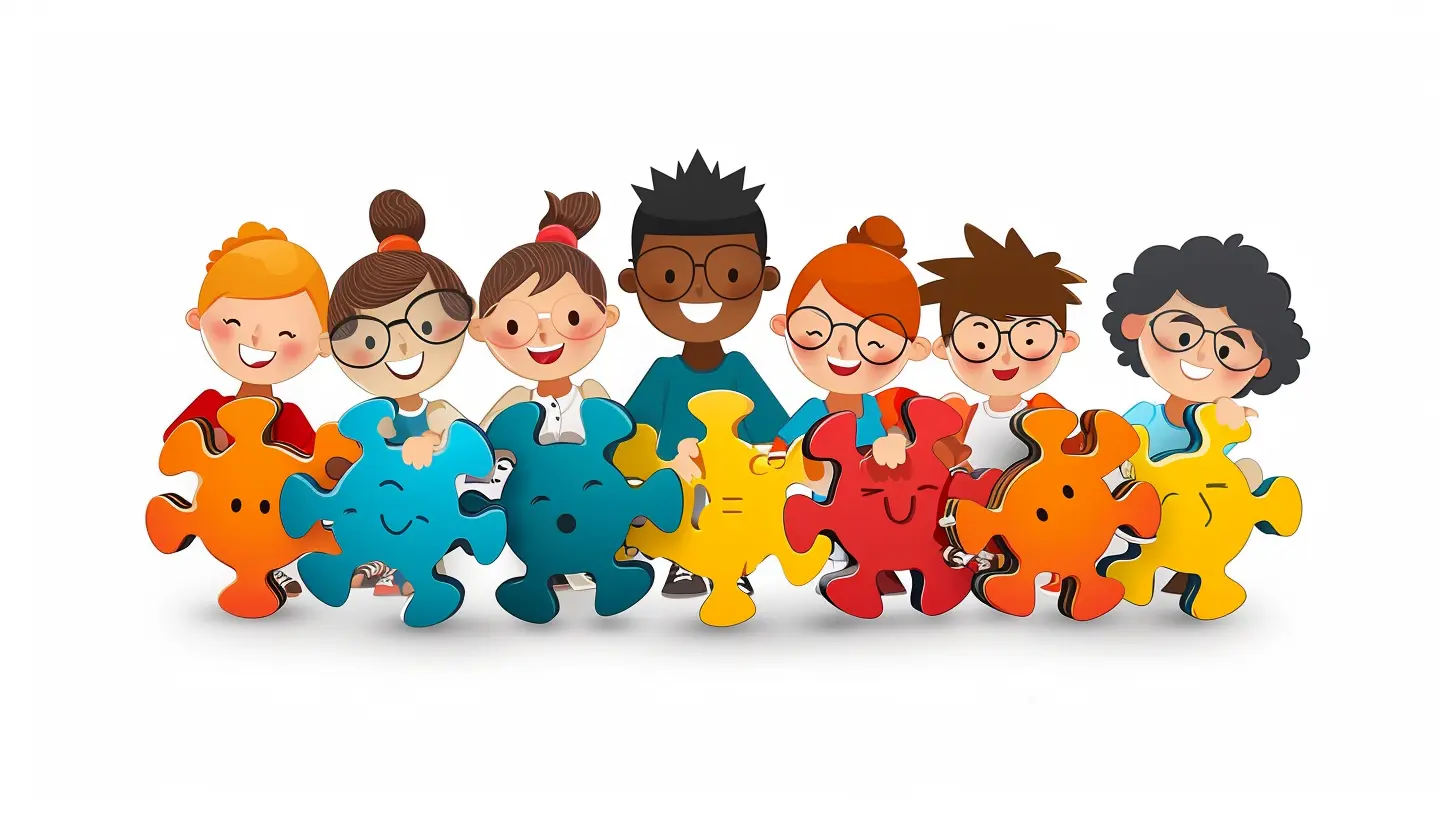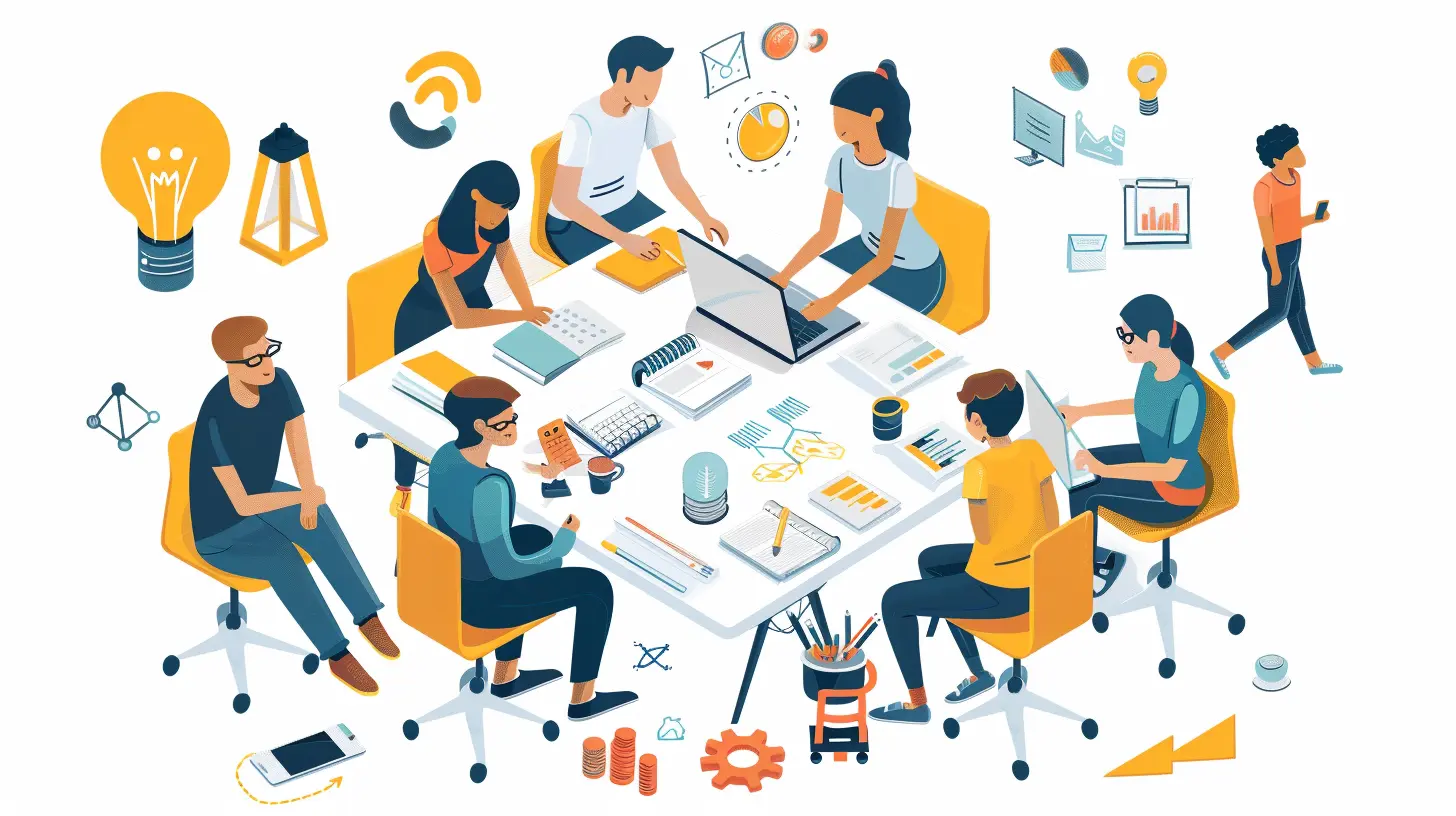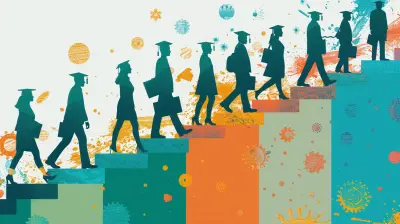How Collaboration Enhances Problem-Solving Skills in Students
14 June 2025
Ever watched a group of kids trying to build a sandcastle? At first, it's chaos—shovels flying, sand in their hair, and plenty of "I want to do it my way!" But soon enough, they start working together. One digs, another fetches water, someone smooths the walls, and suddenly—boom!—a masterpiece emerges.
Now, if a bunch of kids can figure out teamwork on a beach, imagine the impact collaboration can have in a classroom. Spoiler alert: It’s a game-changer! So, let’s dig into why collaboration is the secret sauce to boosting problem-solving skills in students. 
🎭 The Comedy of Trying to Solve Problems Alone
We've all been there—staring at a problem so hard that our brain starts buffering like a slow internet connection. Maybe it’s a tricky math equation, a challenging essay, or even just figuring out how to survive a group project without losing your sanity.Trying to solve problems alone can feel like being lost in a maze with no exit sign. But when you work with others, suddenly, it’s like having a GPS. Different perspectives, fresh ideas, and that one smart friend who actually paid attention in class? Lifesavers! 
🔍 Why Collaboration is the Ultimate Problem-Solving Superpower
1. Multiple Brains = More Ideas
Ever tried brainstorming with a group? It’s like a popcorn machine—ideas start popping left and right! When students collaborate, they bring unique perspectives, skills, and experiences to the table.Think of it as assembling The Avengers. One person might be great at analyzing, another at thinking outside the box, and someone else at keeping everyone organized (because let’s be real, without that person, chaos reigns). Together, they can tackle problems from different angles, leading to smarter and more creative solutions.
2. Learning to Listen (Without Just Waiting for Your Turn to Talk)
Teamwork teaches students a crucial life skill—listening. And no, not just nodding while secretly thinking about what’s for lunch. Real listening means understanding different viewpoints and considering perspectives you wouldn’t have thought of on your own.This skill isn’t just a classroom necessity. It’s the secret weapon for life—whether in professional settings, friendships, or even deciding on what movie to watch with friends (which, let’s be honest, can sometimes feel like an unsolvable puzzle).
3. The Magic of Constructive Conflict
Wait—conflict is good? Yup! Before you start throwing desks, let’s clarify: constructive conflict.When students discuss conflicting ideas respectfully, it forces them to think critically, defend their points logically, and sometimes even change their minds (gasp!). This back-and-forth debate strengthens problem-solving skills because it pushes students beyond their comfort zones into fresh ways of thinking.
Plus, it's great practice for adulthood—where discussions over important things (like pineapple on pizza) require patience and reason.
4. Accountability: No Free Passengers Allowed
If you've ever been in a group project, you know the struggle—there’s always that one person who mysteriously disappears until the last minute. But in a truly collaborative setting, accountability matters.When students know their contribution affects the whole group, they’re more likely to step up. It teaches responsibility, reliability, and—most importantly—the importance of not ghosting your teammates.
5. Confidence Boost Galore
Ever had an idea but were too scared to share it? Collaboration creates a safe space where students can test ideas without fear of failure. Even if their idea isn’t the winner, they learn that contributing is valuable.And the best part? Over time, those moments of speaking up build confidence—not just in problem-solving but in communication skills, leadership, and self-assurance. 
🚀 How Teachers Can Encourage Collaboration in the Classroom
Alright, so we’ve established that teamwork is basically the cheat code to problem-solving. But how do you actually make it happen?Here are some super effective (and fun) ways teachers can foster collaboration:
1. Group Challenges & Puzzles
Throw a complex problem at a group and let them figure it out together. Whether it's a science experiment, a math puzzle, or a history debate, students get hands-on problem-solving experience.2. Think-Pair-Share
Students first think about a problem individually, then pair up to discuss, and finally share their ideas with the whole class. It’s like a warm-up before diving into a full-on collaboration session.3. Role-Based Learning
Assigning specific roles in a group (leader, researcher, presenter, etc.) keeps things balanced and ensures that everyone pulls their weight. No more freeloaders!4. Escape Room-Style Learning
Nothing brings people together like the urgency of solving a fake mystery under a time limit. Activities like classroom escape rooms push students to think fast and work together efficiently.
🎓 The Real-World Impact of Collaborative Problem-Solving
What happens when students master collaboration? They don’t just ace their group projects—they become problem-solvers for life.Think about the workplace. Almost every job requires teamwork, whether it’s designing the next big tech gadget, saving lives in a hospital, or running a business. The skills students build through collaboration—critical thinking, communication, adaptability—are exactly what they'll need in their future careers.
And let’s be real, even in everyday life, being a good problem-solver helps. Whether it’s planning a road trip with friends, fixing a broken gadget, or figuring out how to explain to your parents why your grades suddenly "mysteriously dropped"—problem-solving is a must!
🤔 Wrapping It Up: Teamwork Makes the Dream Work
Collaboration isn't just about getting things done faster—it's about getting things done better. It sharpens problem-solving skills, boosts creativity, improves communication, and preps students for the real world.So, the next time you’re tempted to go full lone-wolf on a project, remember: two (or more) heads are better than one. Who knows? That one idea you were stuck on might just become a breeze with the right teammate.
Now go forth, team up, and solve the world's problems—one group project at a time!
all images in this post were generated using AI tools
Category:
CollaborationAuthor:

Bethany Hudson
Discussion
rate this article
3 comments
Russell Davis
This article beautifully captures the essence of collaboration in education. By working together, students not only enhance their problem-solving skills but also cultivate empathy and communication. It’s inspiring to see how teamwork can empower young minds, fostering a generation of innovative thinkers ready to tackle real-world challenges. Thank you for sharing!
June 20, 2025 at 3:17 AM

Bethany Hudson
Thank you for your kind words! I'm glad you found the article inspiring and that it highlights the importance of collaboration in developing essential skills in students.
Soliel Hardy
Great insights! Emphasizing collaboration truly empowers students to develop critical problem-solving skills. It's inspiring to see how teamwork can lead to innovative solutions!
June 18, 2025 at 3:49 AM

Bethany Hudson
Thank you! I'm glad you found the insights valuable. Collaboration indeed fosters creativity and effective problem-solving in students.
Chase Richardson
This article beautifully highlights the importance of collaboration in developing problem-solving skills among students. Encouraging teamwork not only enriches learning but also prepares students for real-world challenges. Thank you for sharing these valuable insights!
June 15, 2025 at 4:07 AM

Bethany Hudson
Thank you for your thoughtful comment! I'm glad you found the insights on collaboration's impact on problem-solving valuable. Together, we can cultivate stronger skills in our students!



